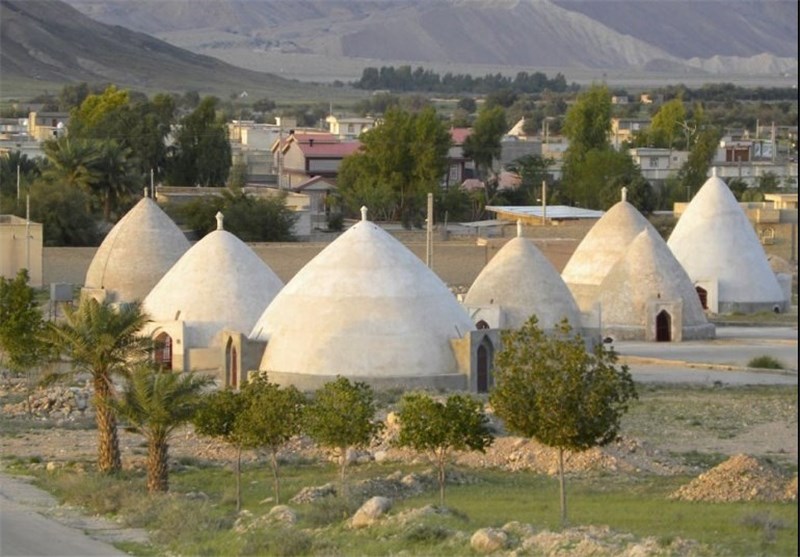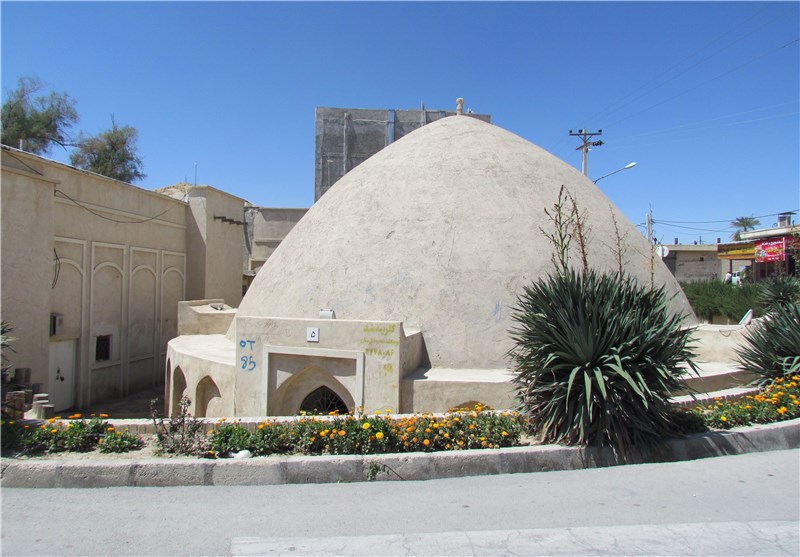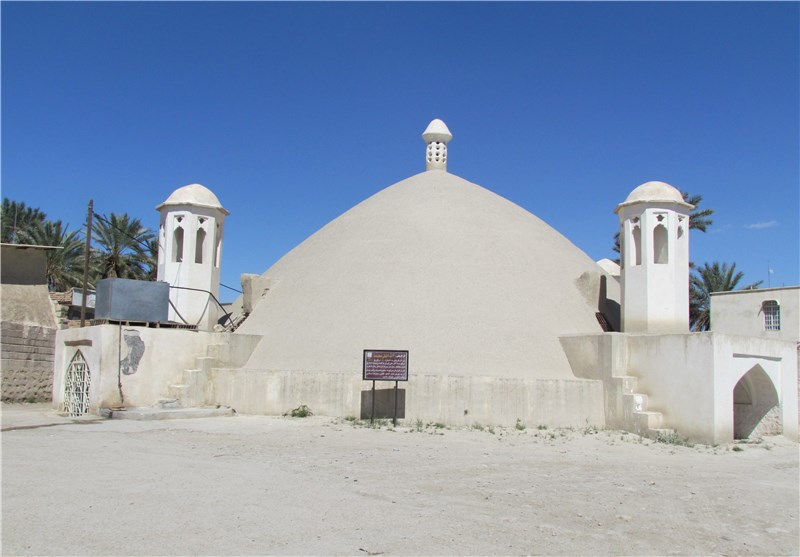Copyright 2020 - 2021 irantour.tours all right reserved
Designed by Behsazanhost
Lar Water Storehouses
Lar Water Storehouses
Low levels of precipitation, rapid evaporation, and long seasons of drought account for scant water resources in most regions of Iran and have made people look for efficient ways of water collection and conservation. The construction of water storehouses, where water is accumulated during the rainy seasons and stored throughout the remaining year, has become one of the solutions to this problem. Though water storehouses are built in most parts of Iran, perhaps nowhere is their number as impressive as in Larestan. A local poet has written that when one sees here and there clusters of these plain, but impressive structures, one is unquestionably in Larestan. The water storehouses may be constructed in towns, where their water is used either by a single household or by a community, or on the road between settled areas, where their water provides for the needs of farmers, stockbreeders, and travelers. The water storehouses are usually built in hollows in the vicinity of seasonal rivers, and canals are made to conduct currents of water to the structure. An important requirement for choosing the place for a water storehouse is that
its soil must be very firm to prevent loss of water through the leakage. Where the soil is not resistant enough, the foundation pit is reinforced with a layer of lead.
Water storehouses are constructed of rubble stone and mortar. Mixing the mortar, which is made of clay, lime, ashes, and reed is very tedious. However, no effort is spared to ensure that this mortar is of the highest quality since the paramount requirement for a water storehouse is that it be completely waterproof. Trimmed stone and brick are used for finishing the surfaces and for building portals and staircases.
 |
On the outside, the structure is often whitewashed to reflect the light and heat of the sun. Most water storehouses share, for the most part, a simple, but very functional plan. The fundamental element of a water storehouse is the water reservoir, which is often cubical or cylindrical in shape. Cubical reservoirs can be very large, storing up to 100,000 cubic meters of water. Cylindrical reservoirs are much smaller, and the volume of stored water in them seldom exceeds 3,000 cubic meters. All or most of a water reservoir is set about 1020 m deep in the ground; this allows the entrapping of the maximum amount of the water streaming toward the storehouses and accounts for the remarkable coolness and better conservation of water during the storage process. Another element of a typical water storehouse is its superstructure, which is usually a dome about 10 m high, often pointed or semi-circular. Sometimes, particularly if a water storehouse is attached to another building such as a Mosque, a Madreseh, or a Caravanserai, it is covered over with a flat roof. In some cases, the flat roof of the water storehouse serves as a base on top of which the other buildings are constructed. If the water storehouse is large enough, columns are built to support its ceiling.
 |
To prevent the water from becoming rancid, and to keep it cool, air vents are often built on the roof of the structure. Naturally, the more air ducts the structure, the better the circulation of air, and the better air conditioning inside it. To provide access to the water, staircases are usually built inside the storehouses. Although reasonably steep, the steps are usually wide enough for several people to make their way up and down with buckets, barrels, or other vessels. Staircases often end in wide platforms 4, and in many desert regions, people gather there in summer to rest from the scorching heat. In most water storehouses in Larestan, however, there are no stairs, and water is drawn up by lowering and raising a bucket, as in a well. Bringing water from water storehouses is mostly women's work; men come here only if they sell water in a market.
In many places, water storehouses are marked by an ornate portal, often rivaling in the beauty that of the most prominent buildings in town. Such an unusual treatment of what is, in essence, a simple, commonplace structure can be explained by the fact that water is a sacred element in Iranian beliefs, and water storehouses have always been highly regarded. The size of the portals of water storehouses seldom corresponds to the size of the building itself. Rather, it matches the surrounding structures, and in many cases, tends to outshine them. The portals are often richly embellished with brick-bonding patterns, tilework, and pieces of calligraphy. Many portals bear historical inscriptions, providing the name of the builder and the year of construction No storehouses prior to the Safavid period have survived in
Iran, but storehouses from the Safavid to the Qajar periods abound. With the expansion of central water-supply systems, most water storehouses in Larestan have been abandoned, or else their water is used only for farming.
 |
Among the most famous water storehouses in Lar is Dahan-e Shir (“the Lion's Mouth”). Dating from the Safavid period, it consists of a small room, and a staircase about 3 m wide and descending to about 13 m deep. The structure is found at the entrance to the Qeysariyeh Bazaar. Another water storehouse worthy of attention has a very curious cruciform plan, and is referred to as the Chahar-Berkeh ("four water storehouses"). This is a roofed well about 6 m deep. Each limb of the cross is about 10 m. At the intersection of the limbs is a vent that provides light and air for the structure.
- Details
- Category: Museums of Shiraz